In a notable fusion of traditional craftsmanship and contemporary art, the Loewe Foundation is set to unveil an exhibition celebrating the ancient art of Kama iron tea kettle making at the Asama International Photo Festival 2024
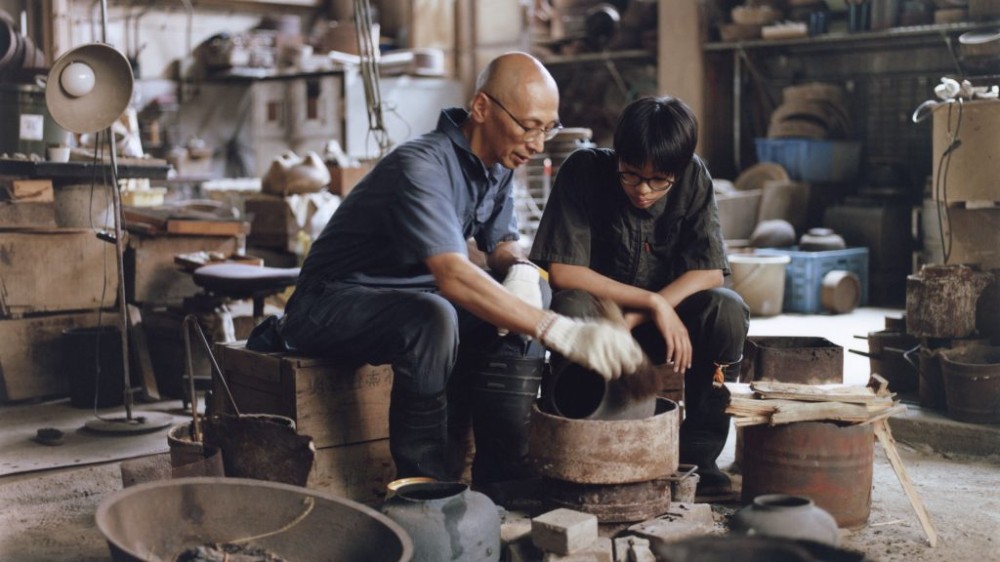
The exhibition, opening on July 20 and running through September 16, will showcase a series of evocative images by renowned Japanese photographer Osamu Yokonami. Known for his quietly surreal explorations of anonymity and identity, Yokonami turns his lens to the Ōnishi family, custodians of a 400-year-old tea kettle crafting tradition.
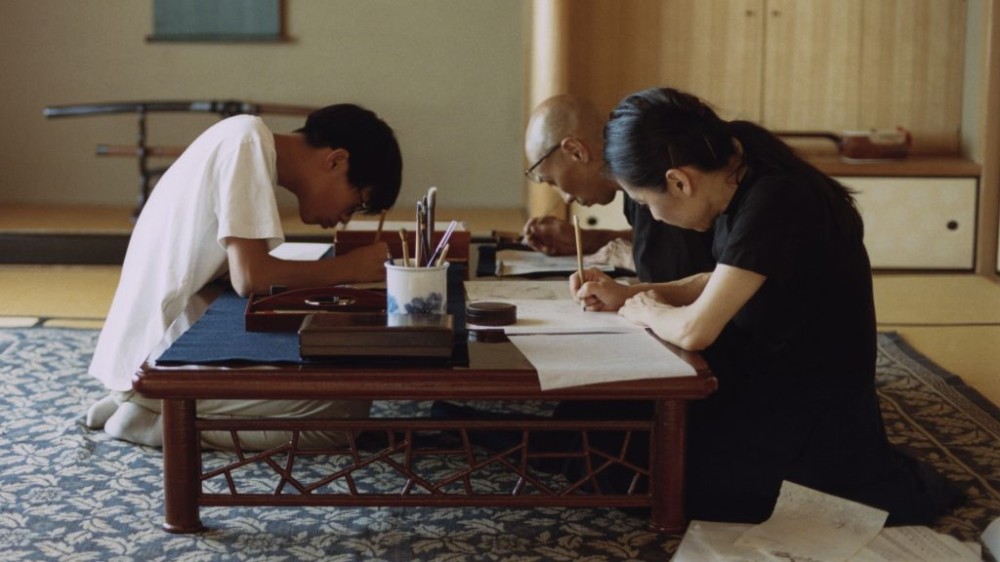
Central to the exhibition are intimate portraits of Ōnishi Seiwemon, a 16th-generation craftsman, as seen through the eyes of his wife, Emi Ōnishi. These personal glimpses are interspersed with workshop scenes and still lifes of specialized tools, captured last year by photographers Shun Komiyama and Kuniyuki Ikarashi.
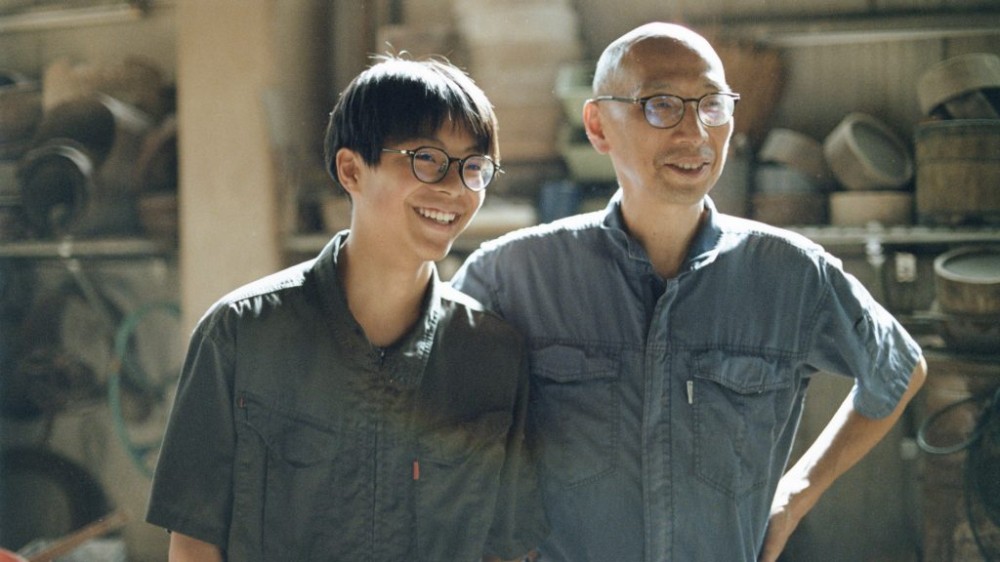
The Miyota Museum of Photography, nestled at the foot of Mount Asama, provides a striking backdrop for the exhibition. The interplay between the artworks and the surrounding lush landscape offers visitors a unique, ever-changing visual experience.
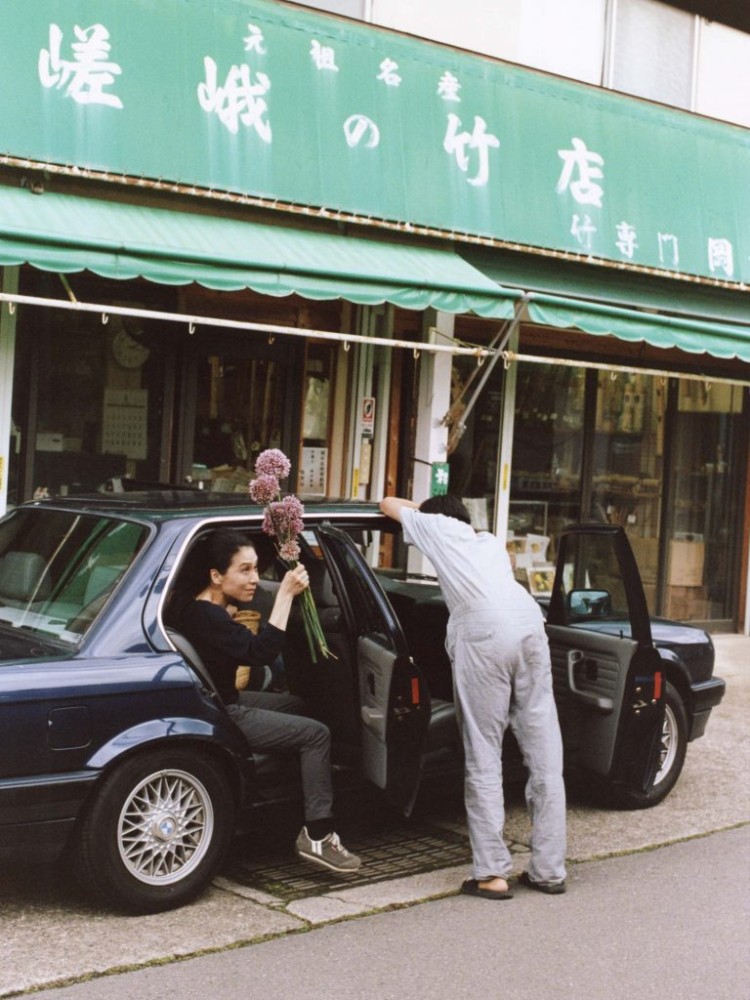
This exhibition is part of a broader initiative by the Loewe Foundation, which in 2023 announced a six-year funding and cultural program to support the Ōnishi Seiwemon family and ensure the continuation of the Kama craft. The foundation’s commitment to preserving traditional craftsmanship while embracing modern artistic expression reflects a growing trend in the luxury sector towards cultural stewardship.
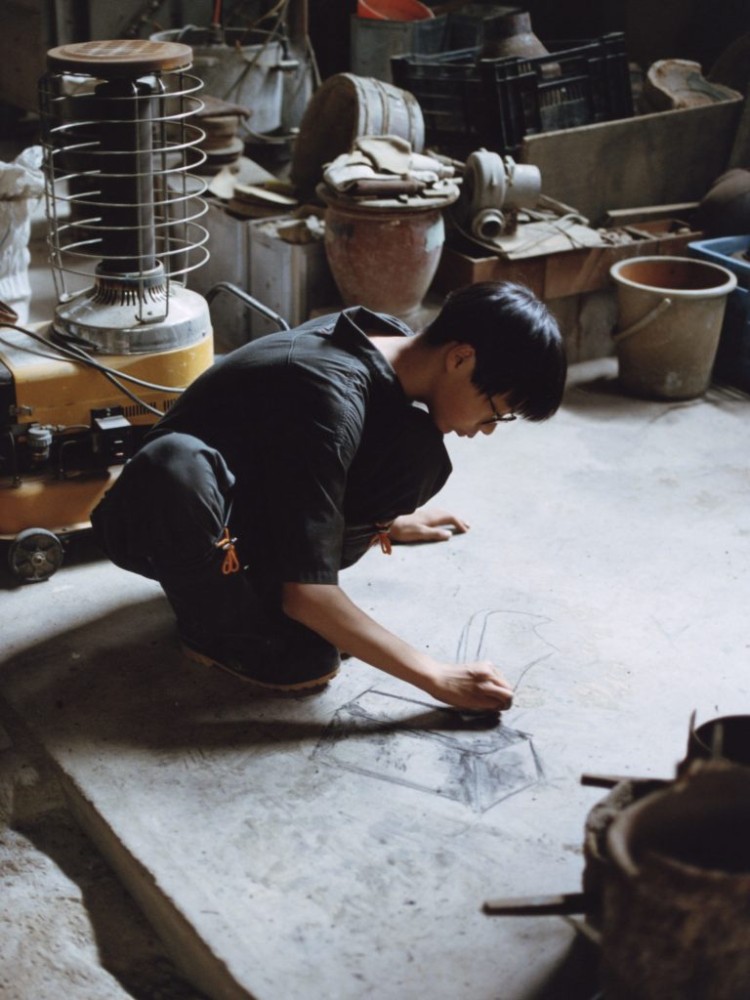
The Asama International Photo Festival 2024, which encompasses both indoor and outdoor venues, is located in Miyota Town, Nagano Prefecture. Just a 90-minute bullet train ride from Tokyo, this rural town has recently emerged as a hub for artists and artisans, fostering a renaissance of traditional crafts alongside innovative creative pursuits.
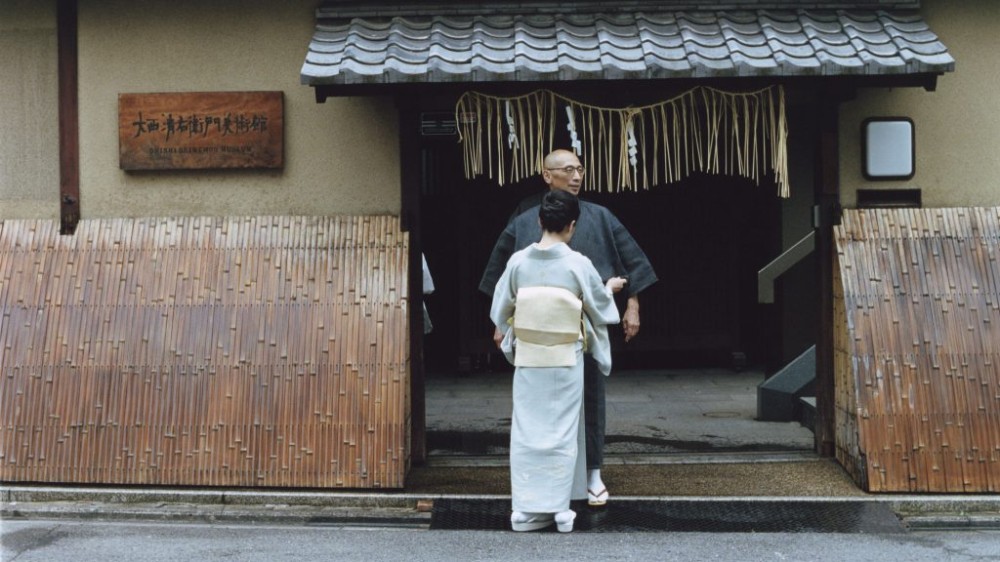
This exhibition not only highlights the Loewe Foundation’s dedication to craft preservation but also underscores the potential for traditional arts to find new relevance and appreciation through the lens of contemporary photography.





